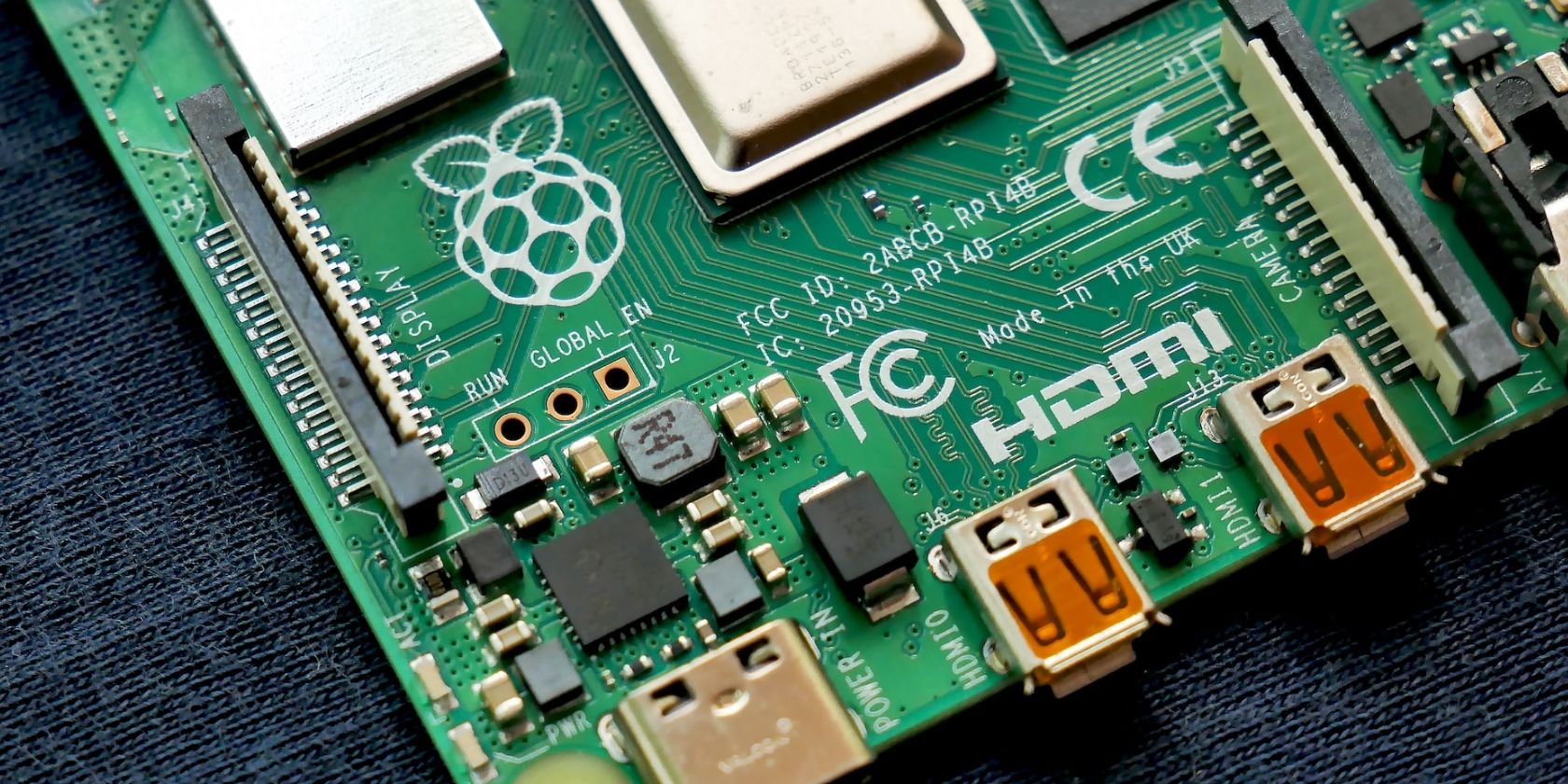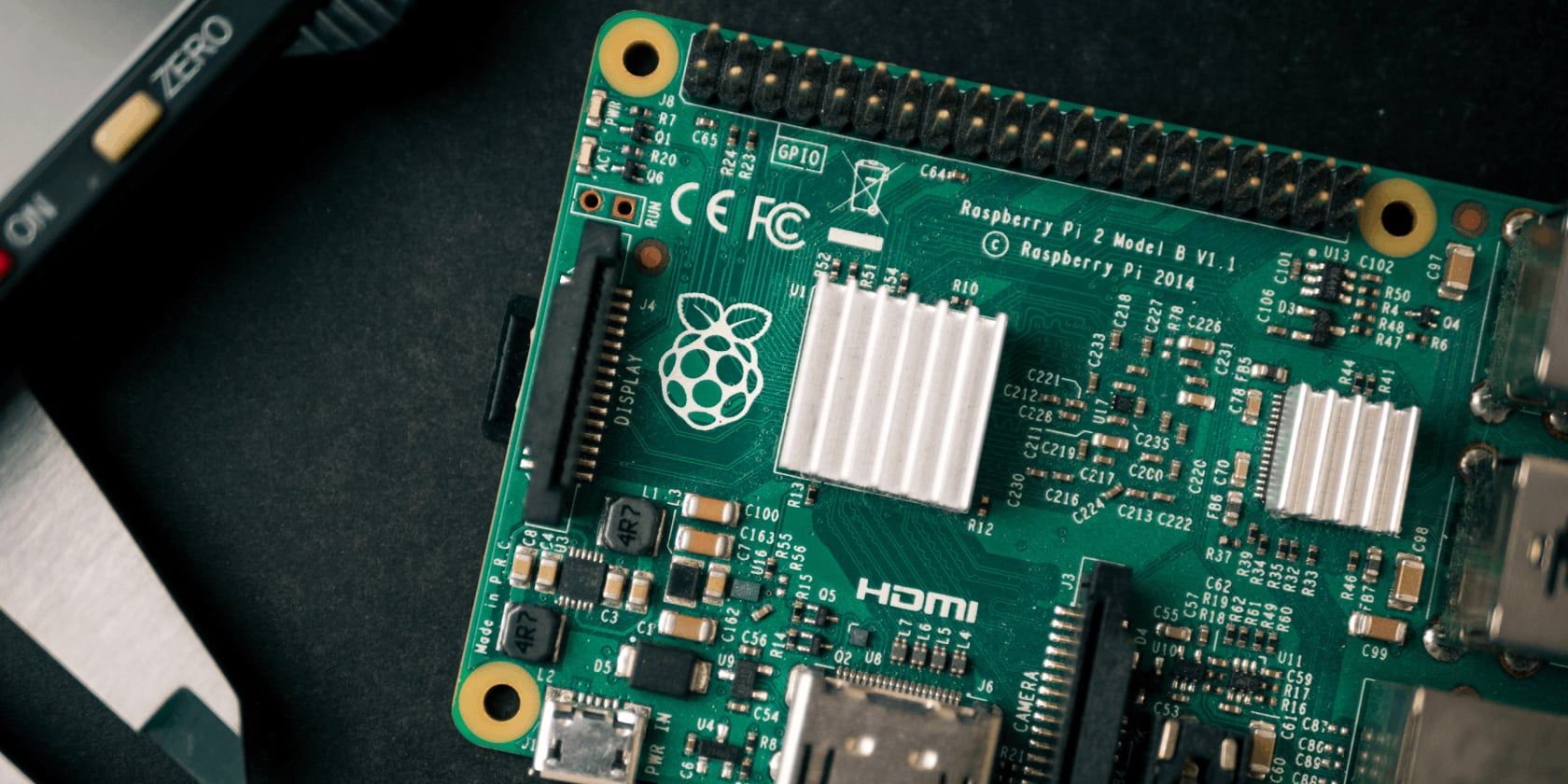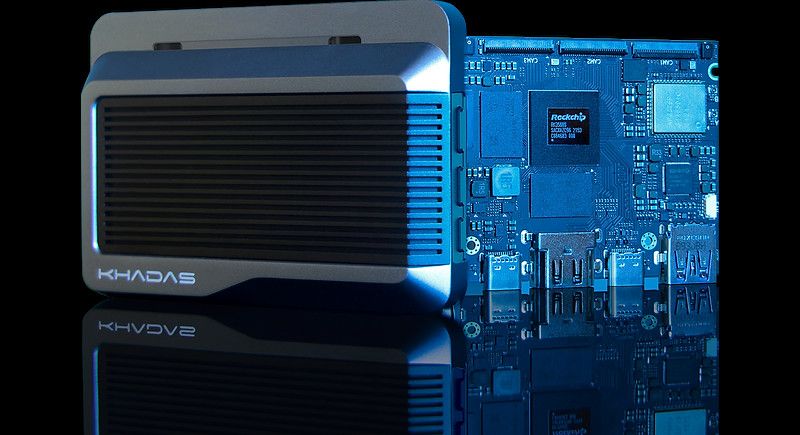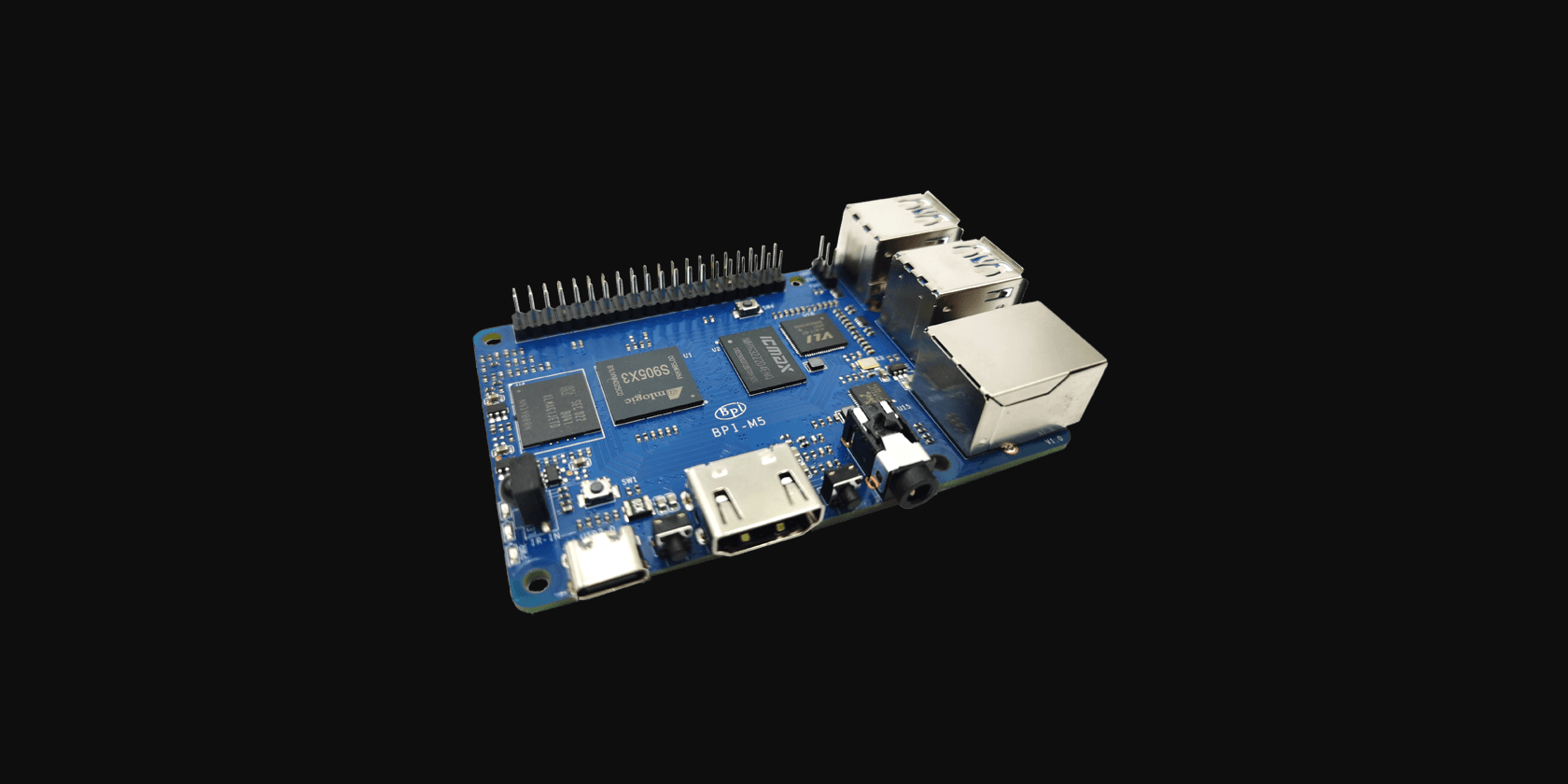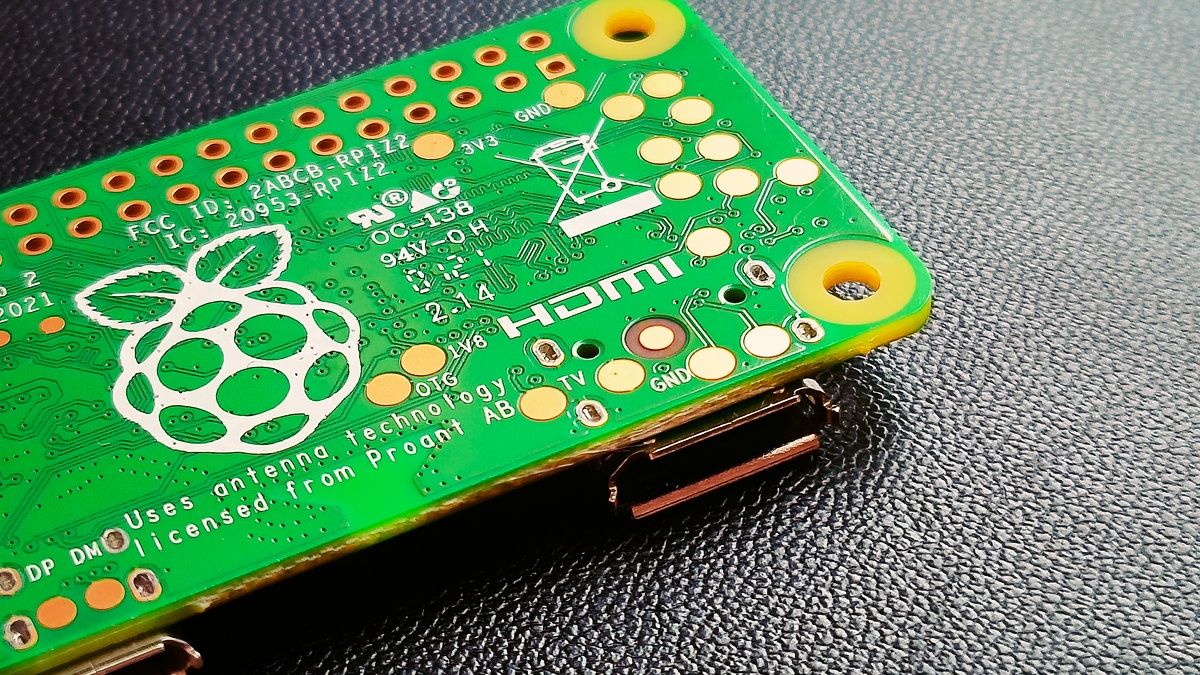A single-board computer (SBC for short) is one that has the processor, storage, memory, input/output, and other features built on a single circuit board. SBCs are capable of performing all the standard operations a typical computer can do, and they usually include a GPIO header that allows them to interface with electronic components. Additionally, they are usually quite compact and portable, consume little power, and offer an attractive price-to-performance ratio.
Since there are so many options available for purchase, in addition to the popular Raspberry Pi range, there are certain factors that should guide your choice of SBC.
1. Price and Availability
Although they often cost much less than your typical desktop, single-board computers run the gamut from $ to $$$. At the two ends of the spectrum, we have the Raspberry Pi Zero 2 W officially priced at $15 at one end and the Khadas Edge2 Pro which costs about $340 at the other.
While the more expensive boards offer much more performance, they are overkill for most projects and their use cases are far and in between. They, however, offer considerable future-proofing. It’s up to decide how much you are willing to shell out for a computer board and choose the best option within that range.
Availability is another important factor to consider when choosing an SBC. The most popular SBC company, Raspberry Pi, has been plagued by supply chain and availability issues over the past few years, but these seem to have eased recently. This is important because when there is a gap between supply and demand, scalpers usually come to fill that gap, charging unreasonable prices.
If the single-board computer is for a commercial product, availability is even doubly important. You want to be sure that the SBC is in steady supply before you go ahead to order one.
2. Performance and Memory
The processor is the first thing you should check when evaluating a single-board computer’s performance. The number of cores and clock speed tell part of the story, but that shouldn’t be the sole metric in judging performance. There are other important factors that affect a processor’s performance.
Benchmarks are often publicly available for different single-board computers and are the easiest way to assess how a computer performs during different various operations.
You should also check how much RAM the SBC offers. SBCs typically offer anything from 512MB up to 16GB of RAM. Anything from 2GB should be enough for basic productivity tasks, casual browsing, and playing low-end games. 8GB of RAM allows you to run Windows, play video games smoothly, perform multiple operations at once, and run machine learning models all from your tiny SBC.
3. Power Consumption
Processing power and power consumption tend to be related. The power consumption of a device tends to go up as its processing power increases, and vice versa. For the least impact on your electric bill, it is important to find an SBC that strikes a balance between high processing power and low power consumption. This is especially important for portable projects that rely on a power bank or battery.
If your primary concern is reducing power consumption, ARM processors typically use less power than x86 chips while offering overall less performance. So, you'd want to choose the Raspberry Pi 4B instead of, say, the LattePanda 3 Delta. You can delve more into the differences between x86 and ARM architecture.
4. Storage Medium
If you are building a DIY NAS or any other type of file server, you'll need to choose an SBC that allows fast file transfer rates. The type of storage technology used in a single-board computer affects its boot speed, performance, and rate of data transfer. It also differs based on the computer. Some SBCs come with slots where you insert microSD cards while others offer PCIe slots where you plug in SSDs.
SBCs support different storage technology, such as microSD, eMMC, USB, PCIe, and SATA, and most offer a combination of two or more. Typically, you select the storage you want to use and boot the operating system from there.
For example, the Raspberry Pi 4B has a microSD card slot and several USB ports. Typically, you would install the operating system onto a microSD card, but you can also boot the Raspberry Pi from an SSD or hard drive by enabling USB boot. Other SBCs such as the LattePanda 3 Delta have M.2 sockets where you can attach a SATA or NVMe SSD for faster boot times and data transfer rates.
5. Connectivity Features
You also need to take a look at the connectivity options offered by the SBC. At the bare minimum, it should have two USB ports (either 2.0 or 3.0), an HDMI port (that supports 4K resolution at 60fps), digital input/output pins, and Ethernet. Other ports and interfaces that may be needed for your specific use case include DSI, CSI, SSD expansion slots, 3.5mm jacks, and DisplayPort.
Bluetooth and Wi-Fi should also be supported natively, as wireless connectivity is essential for Internet of Things, web hosting, and robotics projects.
6. Community and Documentation
It's important to take a look at the documentation offered by the product. It should highlight the capabilities of the board, the accessories you need, and the steps required to set it up.
The lack of proper documentation usually makes an SBC nearly impossible to use. However, a helpful user community can often salvage inadequate documentation. Before buying the single-board computer, you can look for an active community of users that can walk you through using the device and help with any issues you run into. The Raspberry Pi has the largest community of any SBC.
7. Software Support
Software support refers to the applications that can run natively on a single-board computer without modification. For most users, software support is the key issue affecting alternative boards outside the Raspberry Pi family.
Due to the way ARM architecture is implemented, software usually needs to be compiled for different chips separately. Thus, software support tends to be quite limited for most SBCs. So, be sure to make your inquiries before making a purchase.
8. Size and Form Factor
The size and form factor of the SBC is essential if you're planning to use the board for embedded development. If you have a pre-made enclosure, you'll want to ensure that the board fits the size specifications with little or no adjustment.
Typically, the smaller SBCs will be better for embedded projects, such as keyboards, mice, and handheld video games, while the larger computer boards will be more suitable for cyberdecks, NAS, and routers.
Choose an SBC That Matches What You Will Use It For
Ultimately, it all comes down to selecting the right computer board for your application. Retro emulation, machine learning, and server hosting usually require a larger, more powerful board while embedded development, home automation, and electronics tinkering should work well enough on a tiny SBC with less than 4GB of RAM.
You should make a list of all the features you need in a single-board computer and find the ones that closely match those specifications. You can then refer back to our list of factors to consider and select the device that best suits your needs.

